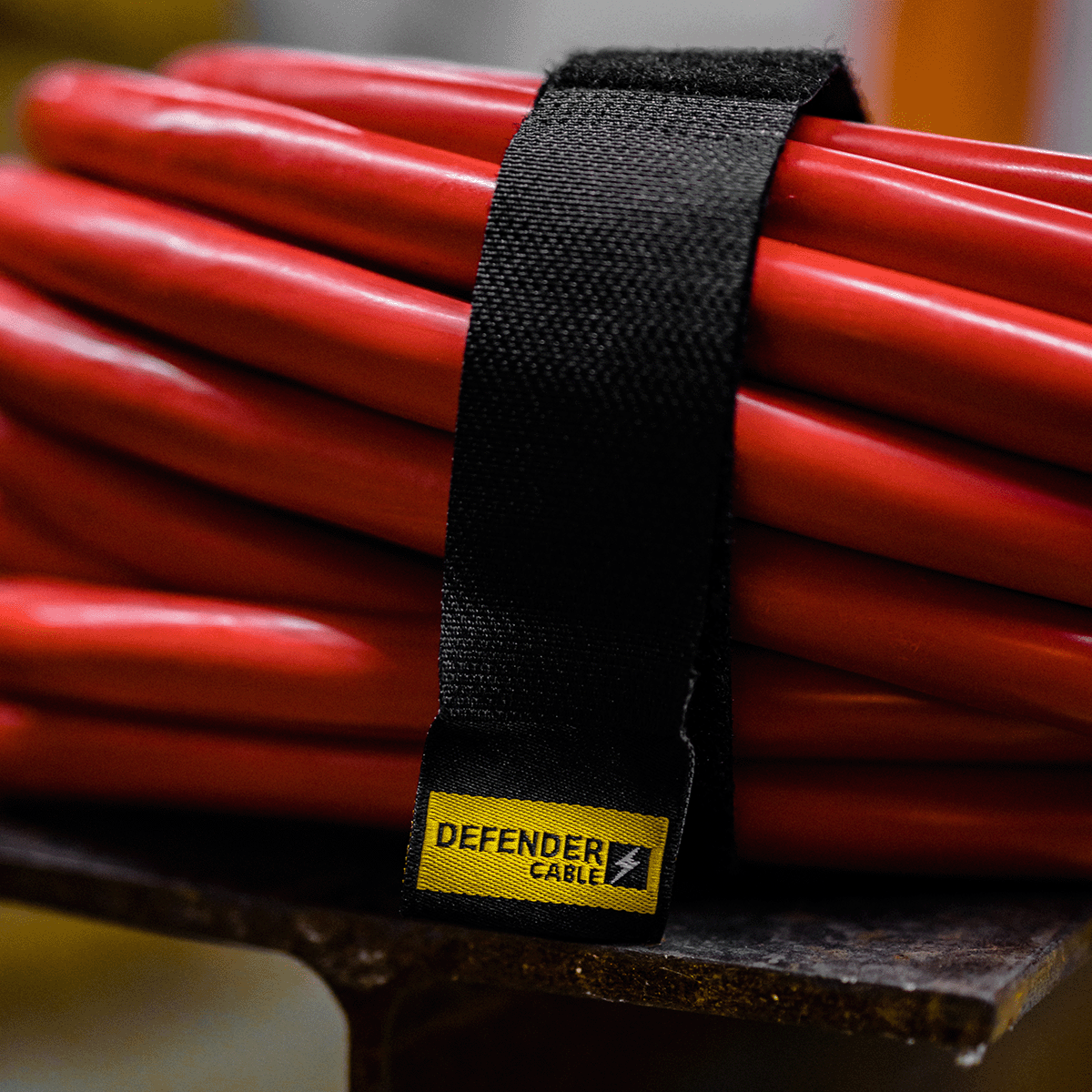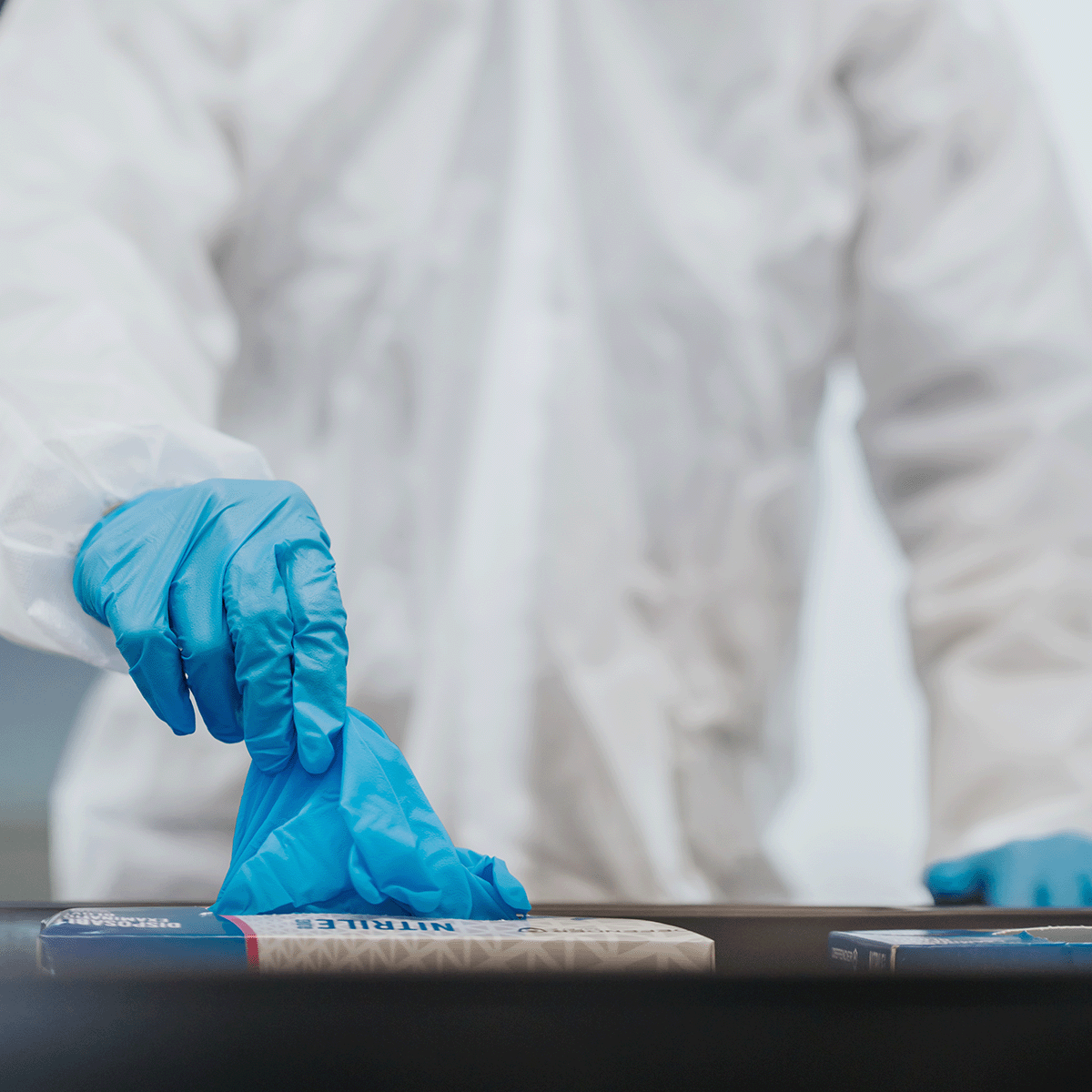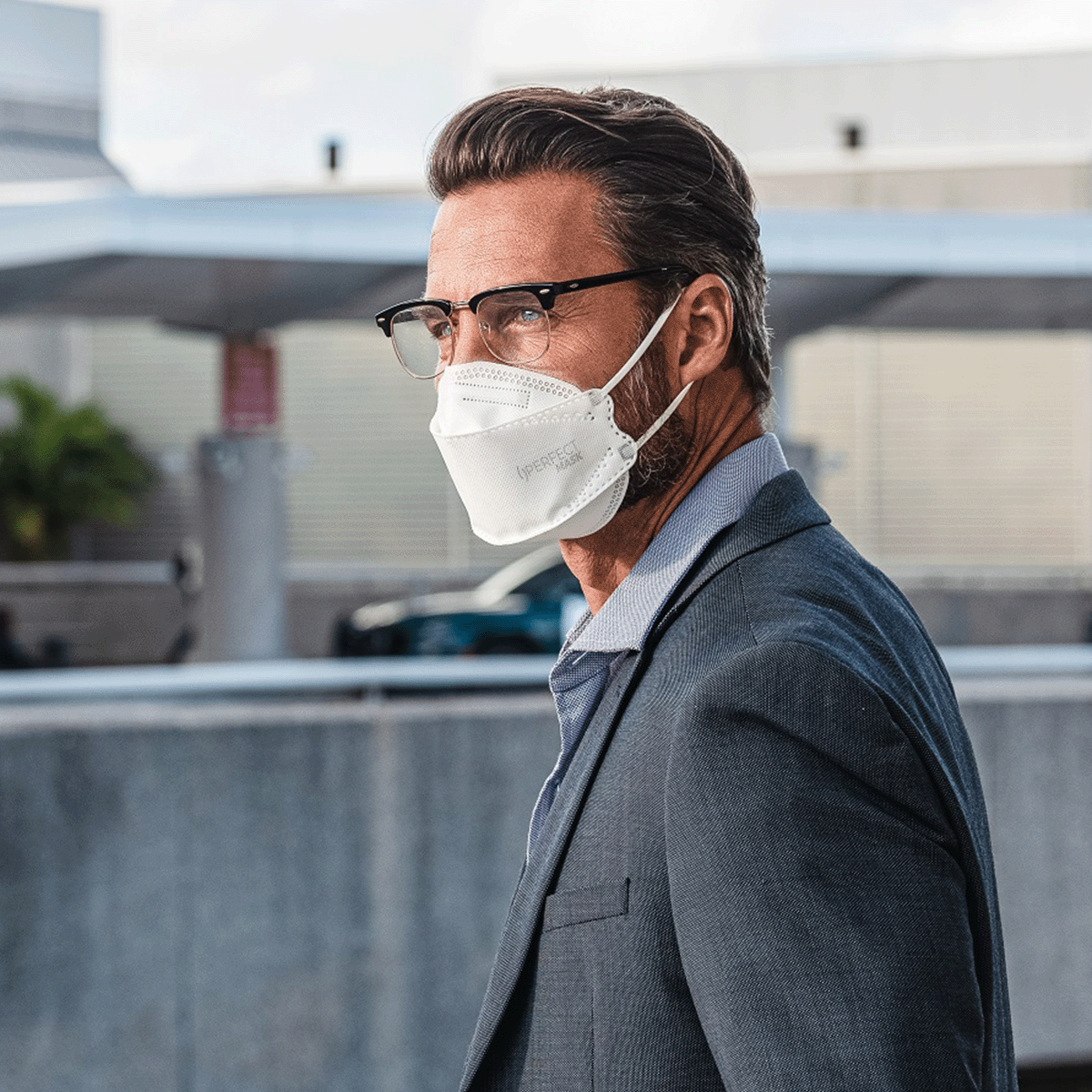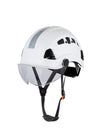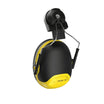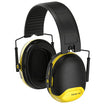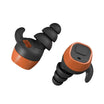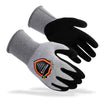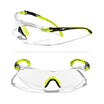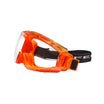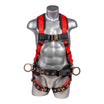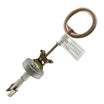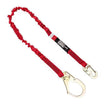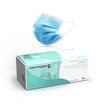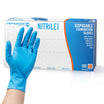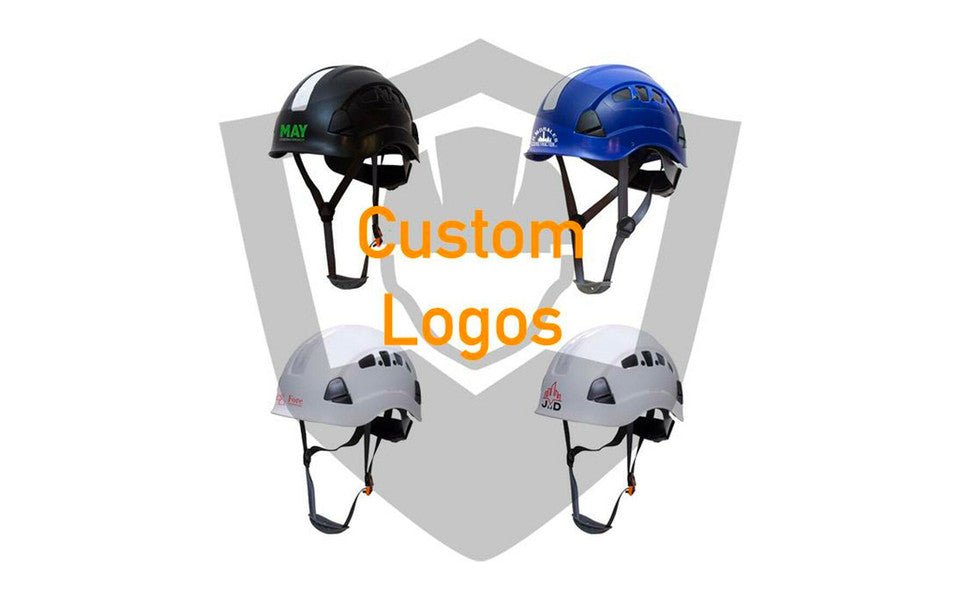How to Choose the Right Surgical Mask
ASTM International develops the standards for surgical masks used in health care settings. ASTM standards include three levels of protection for surgical masks. Providers can also select an N95 respirator for enhanced protection. With so many options, it can be difficult to know which is the correct choice. Fortunately, when you know what you’re looking for, it’s easy to select a mask. Find out what to consider when choosing a mask. Then, you will have the level of protection you need to stay safe at work. Filtration
Medical professionals should consider filtration when selecting a mask. When professionals are around smoke or patients with s suspected or known aerosol transmittable diseases, such as TB, they should choose a mask with the highest level of filtration. The N95 respirator should be worn in these cases and then immediately removed after leaving the treatment or procedure room.
Fluid Resistance
Fluid resistance should also be considered when selecting a surgical mask. When providers conduct procedures where bodily fluids might splatter, they need to wear the appropriate mask. For moderate levels of fluids, providers can use a Level 2 mask. Those who require maximum barrier protection should choose a Level 3 surgical mask.
Features
Providers should also consider the mask’s features before making a selection. When bodily fluids are likely to splash, providers should consider protective eyewear and shields. Foam, tape, and antifog film are wise choices when fog is likely to create a distraction. Masks with loops are a good choice for basic medical interactions and procedures, but they are not recommended for procedures conducted inside the operating room.
Filtration
Medical professionals should consider filtration when selecting a mask. When professionals are around smoke or patients with s suspected or known aerosol transmittable diseases, such as TB, they should choose a mask with the highest level of filtration. The N95 respirator should be worn in these cases and then immediately removed after leaving the treatment or procedure room.
Fluid Resistance
Fluid resistance should also be considered when selecting a surgical mask. When providers conduct procedures where bodily fluids might splatter, they need to wear the appropriate mask. For moderate levels of fluids, providers can use a Level 2 mask. Those who require maximum barrier protection should choose a Level 3 surgical mask.
Features
Providers should also consider the mask’s features before making a selection. When bodily fluids are likely to splash, providers should consider protective eyewear and shields. Foam, tape, and antifog film are wise choices when fog is likely to create a distraction. Masks with loops are a good choice for basic medical interactions and procedures, but they are not recommended for procedures conducted inside the operating room.
 Fit and Feel
Fit and feel are also important when selecting the right surgical mask. A mask can meet ASTM standards but if it doesn’t fit or feel right, it won’t provide the necessary protection. Providers must ensure the mask fits properly and creates a seal around the face. There should not be any gaps present. Also, it should be comfortable and breathable, so it doesn’t create any distractions while conducting procedures.
When Is Level 1 Enough?
While providers want maximum protection, a Level 1 mask is enough in many situations. Level 1 masks are considered procedure masks and are ideal for ICU and ER bedside procedures. Staff can also wear these masks to keep environments sterile and clean.
Do You Need to Level Up?
Level 2 and Level 3 masks both provide barriers against bodily fluids, sprays, and aerosols. While Level 2 masks protect against moderate amounts of fluids, Level 3 masks offer maximum barrier protection. It’s wise to choose a Level 3 mask when dealing with any type of fluids, aerosols, or sprays. These masks feel similar, and the extra level of protection is helpful.
Fit and Feel
Fit and feel are also important when selecting the right surgical mask. A mask can meet ASTM standards but if it doesn’t fit or feel right, it won’t provide the necessary protection. Providers must ensure the mask fits properly and creates a seal around the face. There should not be any gaps present. Also, it should be comfortable and breathable, so it doesn’t create any distractions while conducting procedures.
When Is Level 1 Enough?
While providers want maximum protection, a Level 1 mask is enough in many situations. Level 1 masks are considered procedure masks and are ideal for ICU and ER bedside procedures. Staff can also wear these masks to keep environments sterile and clean.
Do You Need to Level Up?
Level 2 and Level 3 masks both provide barriers against bodily fluids, sprays, and aerosols. While Level 2 masks protect against moderate amounts of fluids, Level 3 masks offer maximum barrier protection. It’s wise to choose a Level 3 mask when dealing with any type of fluids, aerosols, or sprays. These masks feel similar, and the extra level of protection is helpful.
 Choose Wisely
If you follow these tips, you can choose the right mask for each procedure and interaction. Then, you can proceed with confidence, knowing you are protected. That extra confidence will help you as you conduct procedures and interact with patients and staff.
Choose Wisely
If you follow these tips, you can choose the right mask for each procedure and interaction. Then, you can proceed with confidence, knowing you are protected. That extra confidence will help you as you conduct procedures and interact with patients and staff.
 |
 |
 |
| Bacterial filtration efficiency - 95% | Bacterial filtration efficiency - 98% | Bacterial filtration efficiency - 98% |
| Sub-micron particulates filtration efficient at 0.1 micron - 95% | Sub-micron particulates filtration efficient at 0.1 micron - 98% | Sub-micron particulates filtration efficient at 0.1 micron - 98% |
| Resistance to penetration by synthetic blood, minimum pressure in mm Hg for pass result - 80 mm Hg | Resistance to penetration by synthetic blood, minimum pressure in mm Hg for pass result - 120 mm Hg | Resistance to penetration by synthetic blood, minimum pressure in mm Hg for pass result - 160 mm Hg |
| 3ply | 3ply | 4ply |


